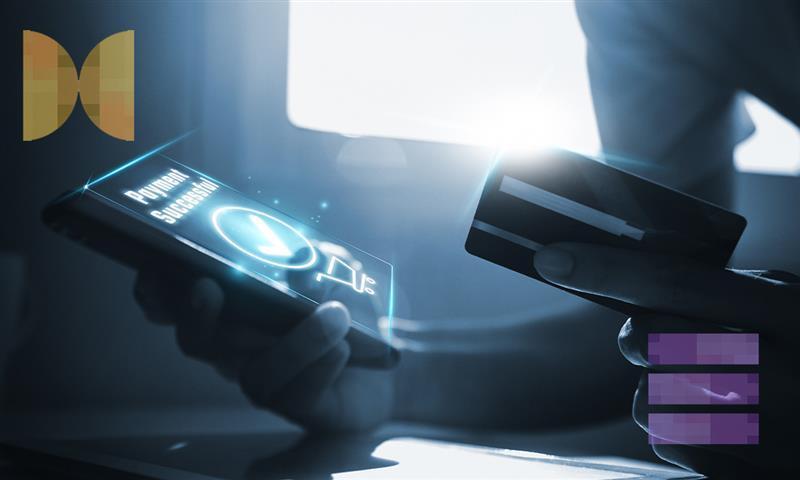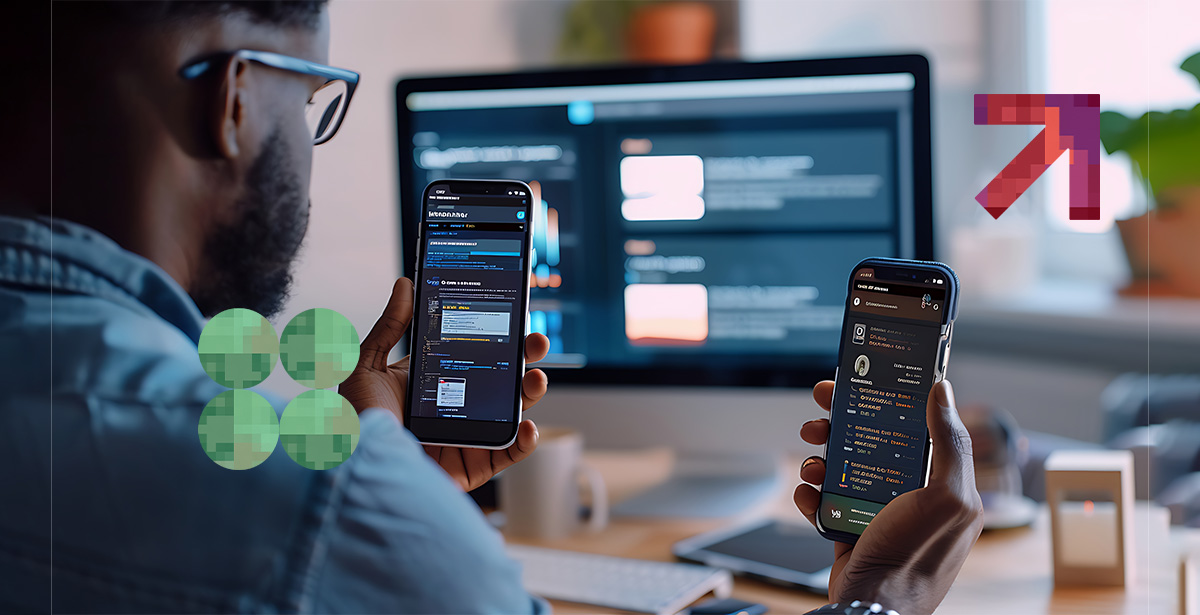7 Digital Wallet Innovations Revolutionizing Global Finance

The global economy is getting faster and smarter. From contactless payments to blockchain-backed transactions, digital wallets are leading the charge.
If you’re in fintech or product strategy, now’s the time to reimagine what your wallet can do. And to get your creativity flowing, here are seven digital wallet innovations. They aren’t just trends; they’re your key to unlocking new revenue, better security, and global reach.
1) Biometric Security
Fingerprint scans. Facial recognition. Behavioral AI.
Passwords are easy to forget. Biometrics? Built-in. Modern wallets are using multiple layers of biometric data to verify users quickly and accurately.
Fingerprint and face recognition remain the most common biometric security measures. Advanced systems are used to track typing patterns, device behavior, and voice tones to detect anomalies. This results in fewer drop-offs, faster logins, and stronger fraud protection. All with less friction.
Biometric-backed authentication is becoming a compliance requirement in regions like the EU and parts of Asia. In fact, Saudi Arabia has positioned it as a cornerstone of its digital transformation efforts under Vision 2030.
Need more reasons to consider this technology? Long-term, it safeguards brand trust and strengthens user retention. Moreover, no customer wants to fight their own wallet just to prove who they are. Biometric security makes that struggle unnecessary.
2) Cross-Border Compatibility
Your users are global; your wallet should be too.
Cross-border interoperability allows seamless transactions across countries, currencies, and systems. This feature is crucial for eCommerce, global remittances, and apps that serve migrant populations or international freelancers.
In a connected digital payment ecosystem, local-only systems don’t scale. They frustrate users due to limited access and inconsistent experiences. Moreover, they limit your growth opportunities across international markets, and introduce regulatory roadblocks that delay go-to-market timelines.
Forward-thinking teams are solving this by:
- Integrating multi-currency accounts
- Automating currency conversions
- Partnering with local financial institutions to ease regulatory compliance
With these, you too can reduce friction and expand your wallet’s market reach, especially in Southeast Asia, Africa, and Latin America, where cross-border use cases are booming.
3) AI-Powered Fraud Detection
Old fraud filters don’t work anymore.
Static, rule-based systems can’t keep up with today’s fraud tactics. That’s where AI-powered detection systems come in the picture. These systems monitor user behavior in real-time, learning patterns and flagging anomalies automatically.
Here’s what this digital wallet innovations looks like in action:
- First, it detects location mismatches, transaction spikes, and unusual device activity.
- It then automatically triggers alerts, blocks suspicious payments, and/or requests additional verification
This mechanism further reduces false positives while speeding up legitimate approvals. The result? Safer platforms, happier users, and fewer manual reviews for your compliance team.
4) Central Bank Digital Currencies (CBDCs)
CBDCs are coming – fast. These government-backed digital currencies are making a major impact as they’re secure, traceable, and programmable by design.
Currently, central banks in over 100 countries are piloting or exploring them, including China’s digital yuan and the EU’s digital euro.
Wallets that support CBDCs can unlock faster settlements, instant compliance tracking, and streamlined auditing. Moreover, as the adoption of CBDCs increases, regulators may mandate wallet compatibility with them.
So, if yours is a fintech aiming at B2B or public sector partnerships, the early integration of this digital payment innovation will give you an edge to stay ahead.
5) Crypto Integration
Whether it’s stablecoins, Ethereum, or Bitcoin, crypto integration is no longer optional for wallets serving tech-savvy users. Users want choice. They expect to manage both fiat and crypto from the same place.
This doesn’t mean building a full crypto exchange into your product. Instead, smart wallets are taking a practical approach by –
- Allowing balance views and secure send/receive functionality
- Enabling fiat-to-crypto conversions via licensed partners
- Using solid encryption and separating hot and cold wallets
- Aligning infrastructure with regional regulatory requirements
The reward? Expanded market access, higher engagement from crypto-aware users, and a foothold in the evolving Web3 ecosystem
6) Tap-to-Pay and QR Technology
Frictionless is the future. Contactless payments like NFC and QR codes are now expected features, not nice-to-haves.
Near-field communication (NFC) lets users pay by tapping their phone or smart device. Meanwhile, QR codes offer scan-to-pay options even without physical cards or terminals.
Together, they expand wallet usability to real-world scenarios like transit systems, pop-up vendors, small businesses, and cashless campuses.
And their adoption is growing fast. QR codes dominate in Asia (especially China and India), while NFC is gaining traction in European retail and public transport.
Supporting both makes your product usable in more places, giving you a bigger share of the global market. This is also a strong example of innovative payment methods built on user behavior, not just technology.
7) Modular Wallet Architecture
Scaling breaks brittle systems. That’s why modern wallets are being built with modular, API-first architectures.
Basically, modular design separates your wallet into components like identity, payments, analytics, security, and compliance. Teams can then move faster by testing and updating modules independently.
Moreover, onboarding new partners and rolling out features becomes more efficient. Region-specific compliance updates can also be deployed without touching the rest of the stack. Need to roll out a GDPR update in Europe? No problem. Just update the compliance module.
This flexibility is essential to staying relevant long-term and boosting digital wallet adoption without bloating your development pipeline.
Let’s Work on Your Digital Wallet
Digital wallets aren’t just about storing cards anymore. They’re about leading change in finance.
Whether you’re planning a new product or upgrading an existing one, DPL helps you bring these digital wallets to life.
Our team works with fintechs across the U.S., MENA, and APAC. If you’re ready to future-proof your product, we’re ready to help.





